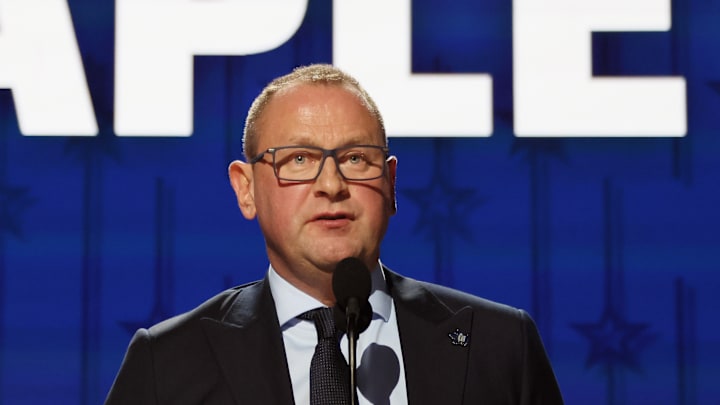The Toronto Maple Leafs season ended just over a week ago, capping off Brad Treliving’s first as GM.
The dust has finally settled after a crazy week that saw locker clean out for the players, head coach Sheldon Keefe get the axe and MLSE CEO Keith Pelley, Toronto Maple Leafs President Brendan Shanahan, and Treliving give their end of season press conference.
It was no doubt a disappointing end, losing in seven games to the Boston Bruins once again.
It was even more disappointing after breaking the 18 year series win drought the year prior. In many ways it felt like a step back, hopefully it means two steps forward come next.
This season felt like it needed a recap and to grade how Treliving performed in his first season. We are currently just under a calendar year since Treliving took over, it feels like now is as good a time as any to grade how things have went thus far.
I will be using a standard lettering grade system to grade four categories that most GMs, Treliving being no exception, are held accountable for. These are: The draft, signings, trades, and team performance.
